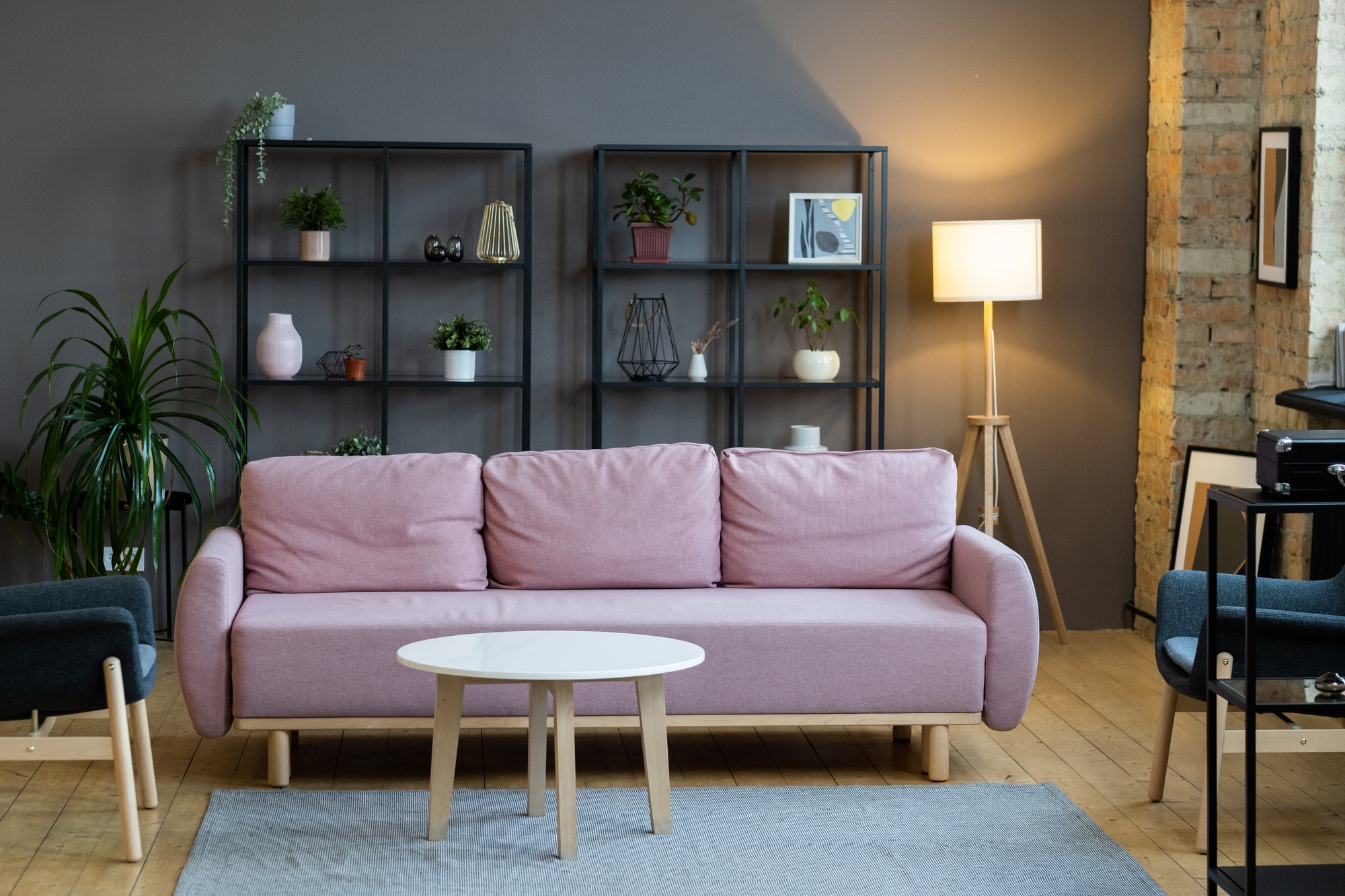If you’re a contractor, then you probably have quite a few different insurance policies, or you’re looking to get some. Either way, you need to understand what your policies do and don’t cover to help you better understand what policies you may need and what coverage you’ve currently got.
We’ll cover two major types of contractor’s insurance so you know what you can expect and to help you understand when you may need another policy. To begin, we’ll start with contractor’s liability insurance and why it’s so important.
What is Contractor’s General Liability Insurance?
General Liability insurance, also called commercial general liability or CGL, is a policy that covers you when property damage or injury results from your work. For example, let’s say you’re working on a roof and have your materials out in the front yard so you can easily access them. Unfortunately, one of the homeowner’s trips on your materials and gets hurt.
Should they decide to pursue legal action against you, your general liability insurance should help you cover the costs associated with the court case. Something important to note is that these policies do not cover employee injury.
This coverage differs from a similar type of insurance you may already have, professional liability insurance, which covers the costs associated with faulty design or installation errors. While both are important to have, it can be confusing when you’re attempting to perform research, and both appear in the results.
The big thing to keep in mind is that general liability covers injuries or damage caused by your work. In contrast, professional liability covers the replacement cost associated with faults or mistakes. While both are important, it’s just as important to understand the difference between them.
What is Builder’s Risk Insurance?
Builder’s risk insurance is another important policy to have while on a project. It covers your materials, equipment, and the property you’re working on and is useful whether you’re building a whole new structure or simply remodeling an existing one.
They will help you cover the costs of things that may have been damaged as a result of one of many possible hazards, from hail and hurricanes to fires and lightning strikes. They tend to cover equipment, materials, the cost of labor, and any extra expenses resulting from building codes and laws—there are some gaps in its coverage, however.
While the specifics of your policy will vary, many don’t include coverage for earthquakes or floods, employee theft, or damage caused by faulty design. Should any of these occur, you’ll have to lean on one of your other policies to help cover the loss.
This type of insurance also differs from the general liability policies we discussed earlier for another important reason: the length of the policy. While not discussed earlier, an important factor of general liability policies is that they tend to last for an entire year. On the other hand, Builder’s risk insurance policies only cover the project until it is finished.
Once you’ve hammered in the last nail, removed all of your materials from the site, and returned to your office, your coverage ends. Remember this as you browse for the best policy for your next project.
Why Do You Need Both?
Some of the reasons why you need both CGL and BRI were covered earlier, though they weren’t laid out as clearly as they will be here.
A CGL will cover the injuries or damage a third party sustains as a result of your work. In contrast, a BRI policy will only cover the costs associated with the damage to your property during a project. As a result, you’ll need both policy types to ensure you’re as covered as possible for accidents. Throw in a professional liability policy alongside one to cover any employee injuries and medical fees, and you’re even more protected.
No single policy is going to cover everything you need it to. Instead, you’ll have to hunt around to find the best handful of policies to ensure you’re covered no matter what happens.
Ensuring You’re Covered As A Contractor
We understand that this may feel overwhelming, which is why we explained not only what builder’s insurance and general liability insurance are and why you need the coverage of both but also what professional liability insurance is and what those policies do and don’t cover. Luckily, there are some ways to ensure the policies you get are what you need.
First, consider the types of projects you work on and determine the possible risks and hazards you may encounter. Then, see if any projects are coming up and how long you estimate it will take to complete them. Finally, find and contact a trustworthy insurance provider and talk with an agent about what you need and for how long.
Doing all of this will result in you, your employees, and everyone around you feeling more secure.
Discover more from Futurist Architecture
Subscribe to get the latest posts sent to your email.



